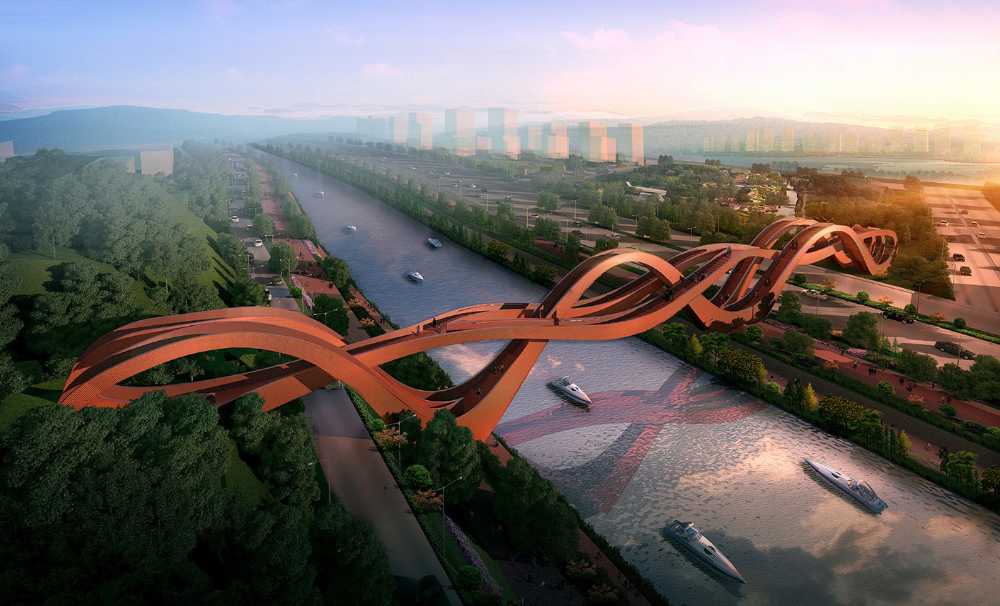Metaverse Architecture: Scope, Challenges and Opportunities of Designing in a New Realm
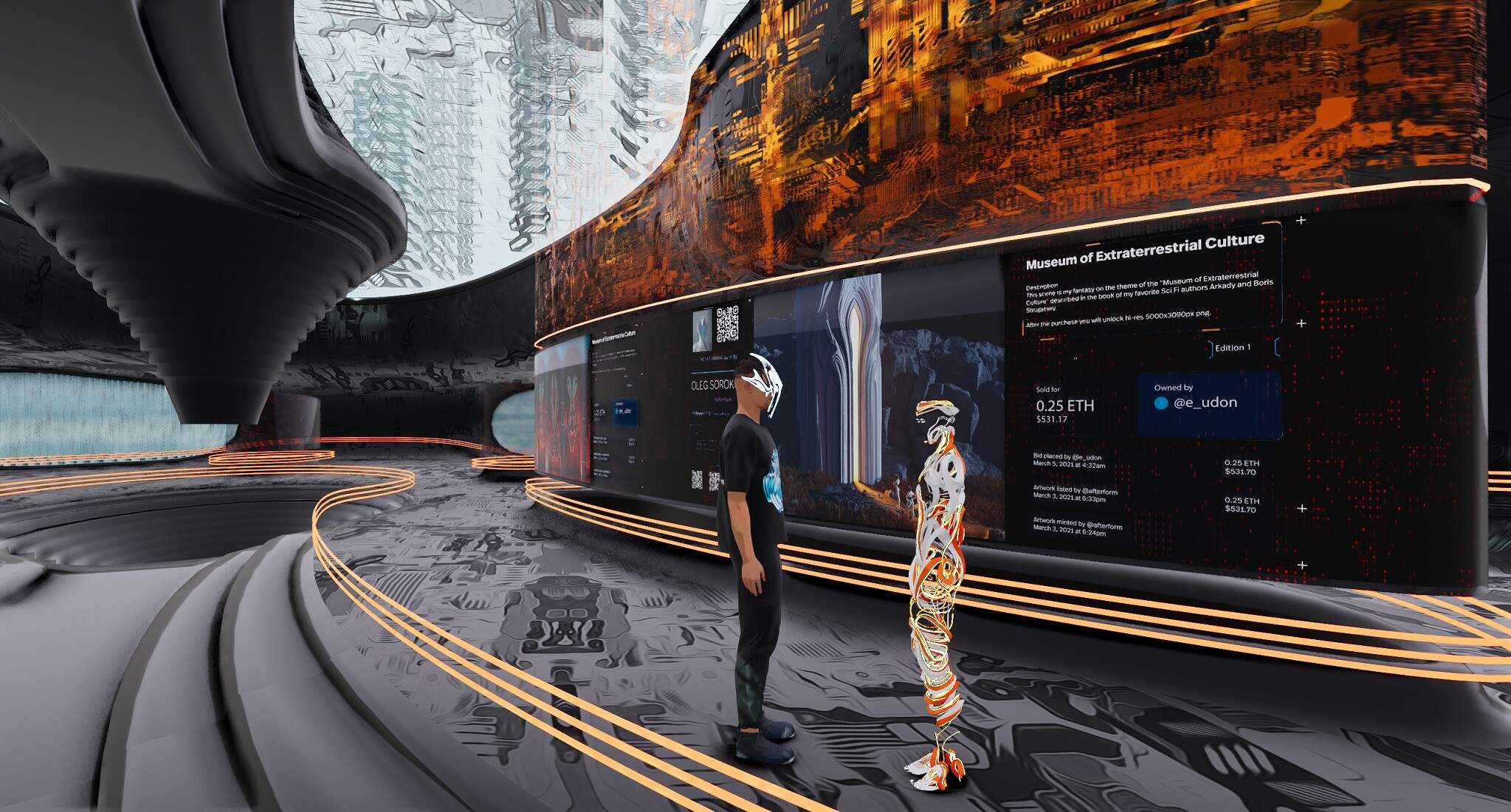
Table of Contents
Metaverse is a buzzword taking the architecture, engineering and construction (AEC) industry by storm. Essentially, the metaverse is a virtual shared space where users can interact with a computer-generated environment and with each other in real time. This new realm of digitalization is redefining the way architects design, build, and interact with their surrounding structures.
What is the Metaverse All About?
The Metaverse is an emerging 3D-enabled digital world built using Augmented Reality (AR), Virtual Reality (VR), and blockchain, through which people can engage in an immersive virtual environment. It can offer a wide range of applications, including socializing, gaming, shopping, education, and even work. Various tech platforms offer unique designs and functionalities that aid the creation of architectural buildings in the metaverse. Among the most popular metaverse platforms are Decentraland, Metahero, Horizon Worlds, The Sandbox, and Celebrity Atlas.
What is Metaverse Architecture?
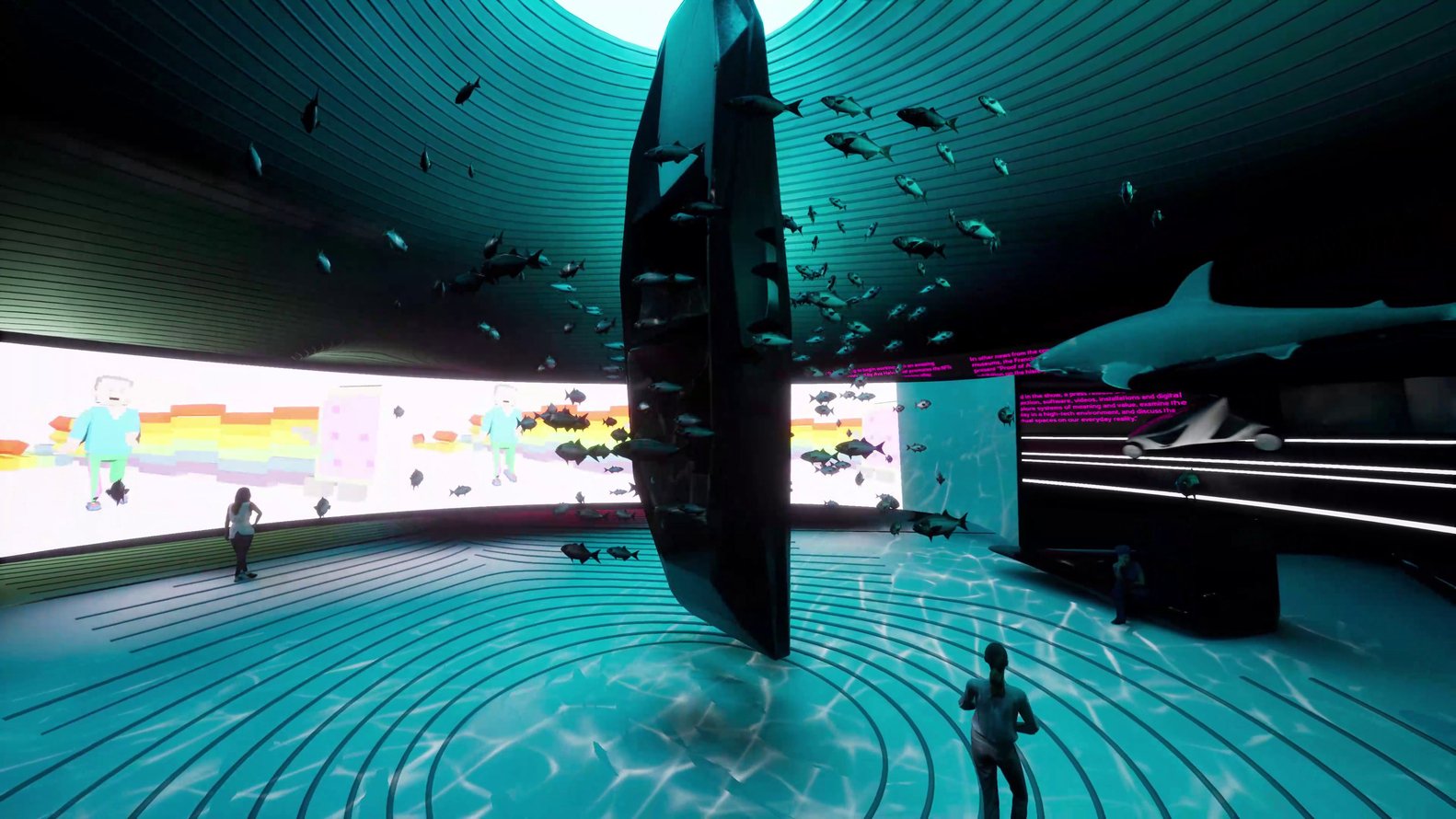
Metaverse architecture refers to the ideation, design, and construction of virtual environments within the metaverse. It involves creating immersive and interactive digital spaces that can be experienced by users in real time through various devices such as computers, virtual reality headsets, or smartphones.
Who are Metaverse Architects?
Metaverse architects work on designing virtual buildings, landscapes, and other structures that can be integrated into the metaverse, enabling users to interact with and navigate through them. Architects who design for the metaverse have expertise in diverse fields, including architecture design, engineering, real estate, computer science, and game design. They use various tech-first tools and processes such as Building Information Modeling (BIM) and computational design softwares to develop virtual buildings.
How to Become a Metaverse Architect
Aspiring metaverse architects should gain proficiency in Virtual Reality (VR) and Augmented Reality (AR) technologies, as well as computational design tools. Familiarity with programming languages like C++, Python, or JavaScript is also beneficial for creating interactive and immersive experiences within the metaverse.
Additionally, cultivating a strong foundation in architecture, design principles, and spatial planning will help in creating engaging virtual environments. Staying up-to-date with the latest developments in the metaverse and participating in online communities and forums dedicated to virtual reality and metaverse design can provide valuable insights and networking opportunities. While there are no specific educational requirements for becoming a metaverse architect, having a background in relevant fields can be advantageous. A degree in architecture, computer science, or a related discipline can provide a solid foundation. Additionally, pursuing specialized courses, certifications, or workshops in virtual reality, 3D modeling, and programming can enhance one's skill set and credibility as a metaverse architect
Read: Benefits of emerging Computational design developments in the AEC industry
Opportunities for Building Structures in the Metaverse
While metaverse architecture is still a relatively new concept, the AEC industry is exploring its possibilities and developing new tools and applications to take advantage of its potential benefits. Below are the most promising opportunities offered by the metaverse to the AEC industry.
1. Design and Visualization
With the help of VR technology, architects and engineers can create digital models of buildings and infrastructure that can be experienced in 3D space. It allows project stakeholders to see and understand the design in a more intuitive way. This can help them in taking better-informed decisions and have effective communication throughout a project’s lifecycle.
2. Collaboration
Metaverse architecture offers an opportunity for AEC professionals to collaborate more effectively with each other, regardless of their physical location. With the help of virtual environments, team members can virtually meet in real-time, share ideas, and work on projects together. This can increase the efficiency of project delivery and lead to better outcomes.
3. Simulation and Testing
AEC professionals can use the metaverse to simulate and test building designs in a virtual environment before actual on-ground construction begins. This can greatly help in identifying potential issues and areas for improvement, leading to better-designed buildings and infrastructure. Additionally, the metaverse can also be used to test the performance of buildings and infrastructure in different scenarios, such as extreme weather conditions or unforeseen circumstances.
4. Maintenance and Management
By using digital twins and virtual replicas of physical buildings, the AEC professionals can monitor the performance of buildings and infrastructure in real time, and identify issues. This can lend help in making informed decisions about the maintenance and repair of physical buildings.
5. Training and Education
AEC organizations can use metaverse to simulate real-life construction scenarios and train workers on how to operate different construction equipment, implement safety procedures, and work effectively on actual site. Further, the metaverse can also be used to provide educational content, such as courses on building design, materials, and sustainability.
Read: Benefits of emerging Computational design developments in the AEC industry
How to Build Structures in the Metaverse?
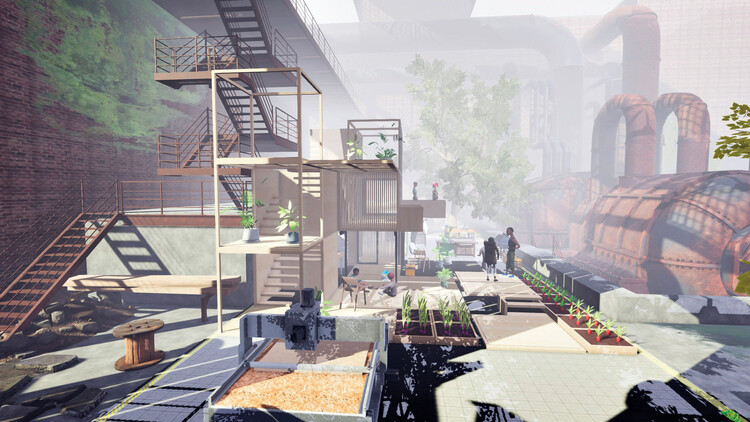
Even though one can ideate in the same way as one does for real-life projects, building in the metaverse requires a different skill set. So, here’s a step-by-step guide to building structures in the metaverse.
1. Chalk out a Design Concept
The first step to building structures in the metaverse is to develop a concept for your virtual building. This concept should take into account the unique constraints and possibilities of the metaverse.
2. Design and Build
AEC professionals will need to have expertise in computational tools, programming softwares, and gaming engines to create virtual structures. They can select a platform that best suits their needs for customization and functionality.
3. Test and Refine
Architects can test the physics and lighting of the virtual environment, as well as map the user experience and interactivity of their design. Based on this analysis, they can make the relevant adjustments and refinements to the building.
Challenges of Building Structures in the Metaverse
Metaverse architecture and metaverse interior design is a relatively unknown territory, so it’s safe to admit that the sustainability of this technology is questionable. Mentioned below are the key challenges that can restrict the successful adoption of metaverse design in the AEC industry.
1. Limited Design Tools
Designing structures in the metaverse can be challenging due to the limited availability of design tools. While many software applications exist for building structures in the physical world, only a few tools are available for designing structures in the metaverse at the moment. This can limit the ability of architects and engineers to create complex designs and can lead to less innovative design solutions.
2. Technical Limitations
Building in the metaverse requires a significant amount of technical knowledge and expertise. Some of the primary shortcomings in metaverse architecture include the scarce number of objects that can be used to build in a digital space, restrictions on the size of the virtual environment, and limitations on the level of detail that can be included in the design.
3. Accessibility and Cost
As the metaverse is a virtual world, people require gadgets and digital applications to enter it. This limits the adoption of metaverse for those who do not have access to the necessary infrastructure. Further, the technology required to build structures in the metaverse is still relatively new, so the cost of accessing the necessary hardware and software can be high.
However, as the metaverse continues to evolve, it is likely that many of the above-mentioned challenges will be addressed and one can wait to see how the AEC industry interacts with the technology.
Who’s Building in the Metaverse?
Many architectural firms worldwide are starting to recognize the opportunities presented by metaverse building and are exploring ways to incorporate them into their work. Here are two noteworthy examples of architecture firms that are embracing the metaverse platform and making themselves future-ready.
1. Zaha Hadid Architects (ZHA)
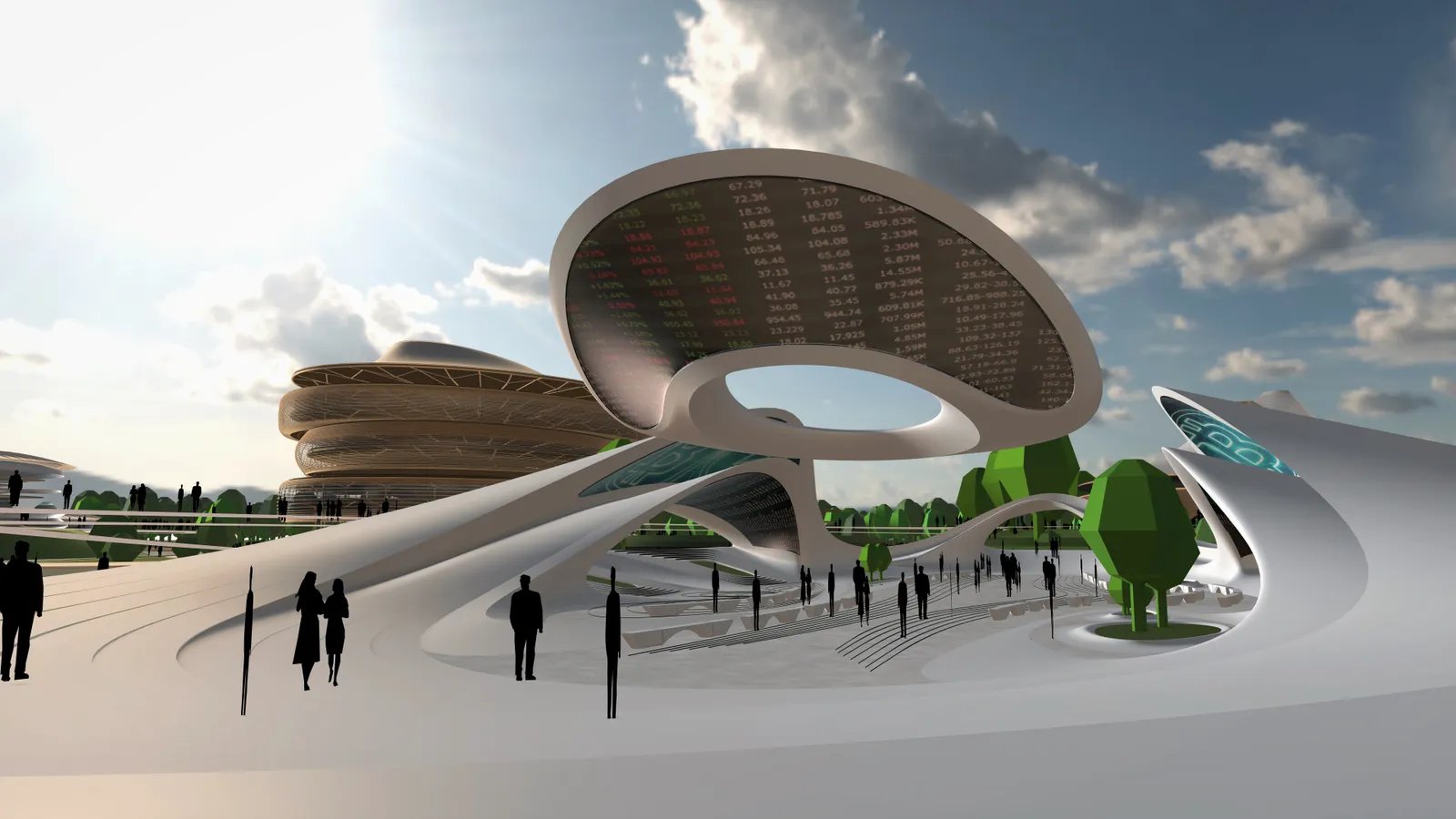
Zaha Hadid Architects have envisioned "The Liberland Metaverse" as a "cyber-urban" city that embodies libertarian principles. This metaverse architecture project offers residents the opportunity to purchase vacant lots in a virtual micronation and access them through avatars. The city is designed to feature hyper-realistic districts that promote urban self-governance and encourage diversity. In addition, certain areas of the city intentionally lack urban planning, allowing for spontaneous order and free discovery.
2. Gluon
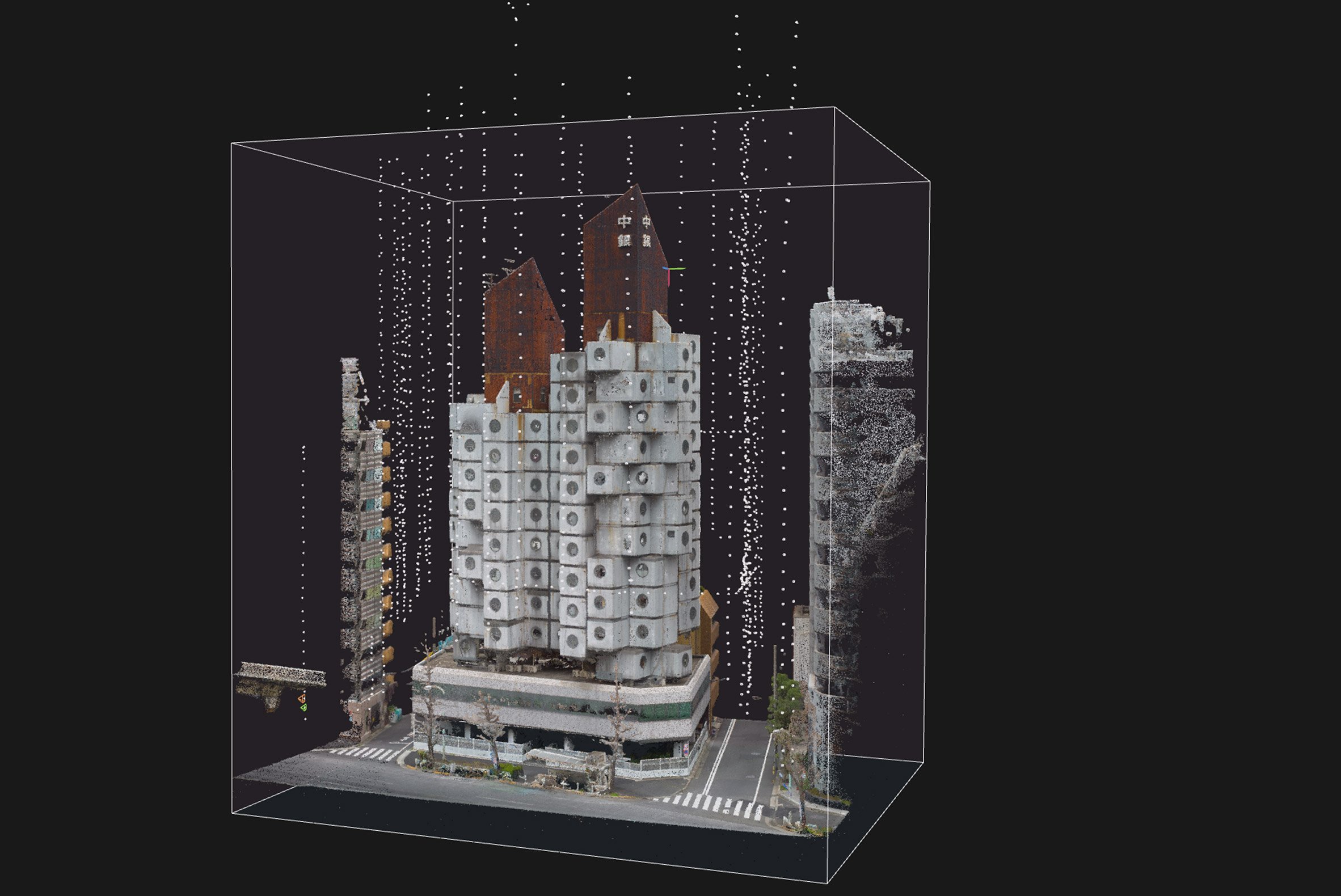
Gluon, a digital consultancy from Japan, is undertaking the "3D Digital Archive Project" with an aim to preserve the iconic Nakagin capsule tower in Tokyo. The project involves utilizing various measurement techniques to record the building in 3D and recreate it in the metaverse. The tower, currently in a precarious state and incompatible with current seismic regulations, is under a threat of demolition due to a lack of maintenance and deterioration. This metaverse architecture project aims to digitally preserve the building for future generations.
In Conclusion
The metaverse economy is experiencing rapid growth, with an estimated Compound Annual Growth Rate (CAGR) of 31.2% from 2022 to 2028. The potential of the metaverse platforms has captured the interest of leading architecture and design companies who are increasingly considering it as the future of the built environment. To keep up with the growing industry demand for metaverse architects, it is essential that young architects equip themselves with the necessary skills and knowledge.
To help you achieve expertise in metaverse architecture, Novatr brings to you- Master Computational Design Course. Through the course, you can understand computational theory, industry workflows, and advanced design tools that can help in creating structures in the metaverse.
Explore the course today!

 Thanks for connecting!
Thanks for connecting!

.png)
-1.png)





